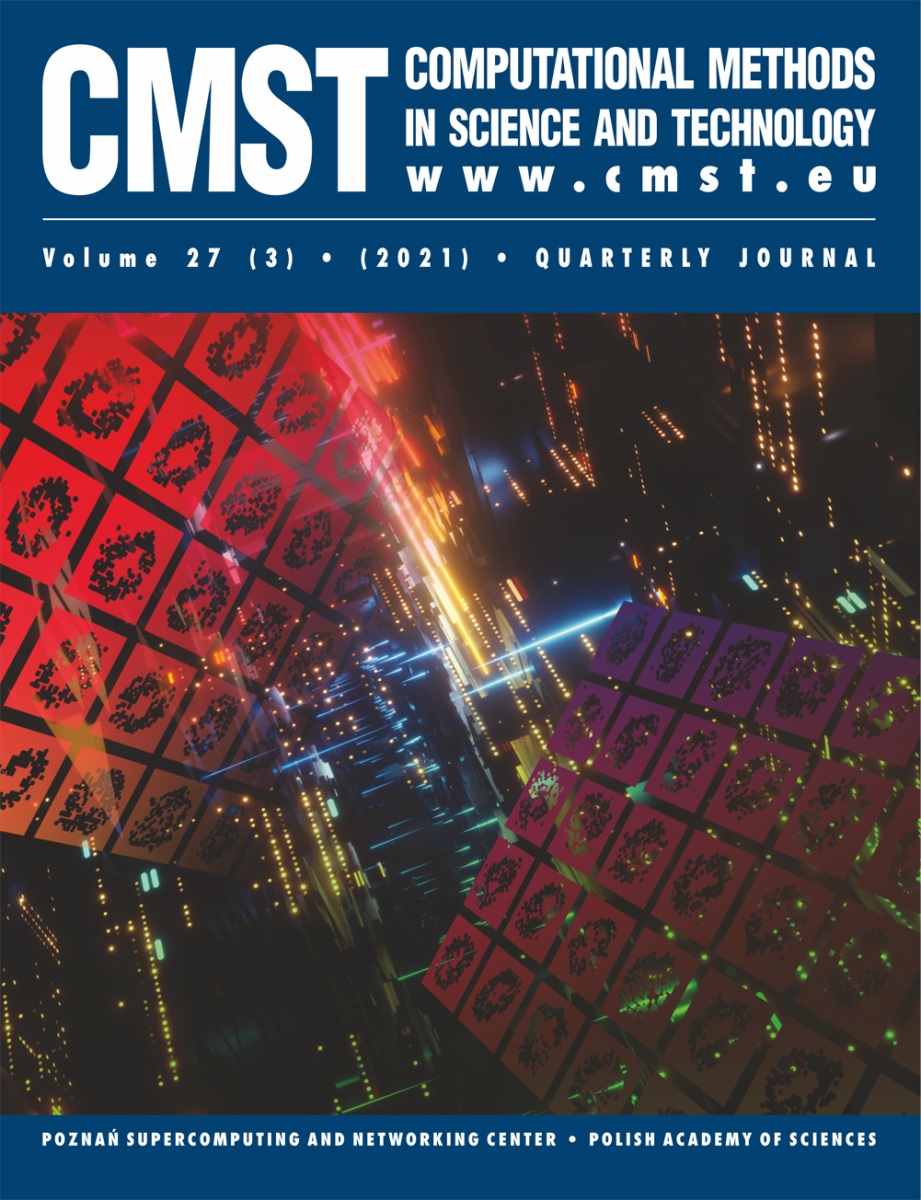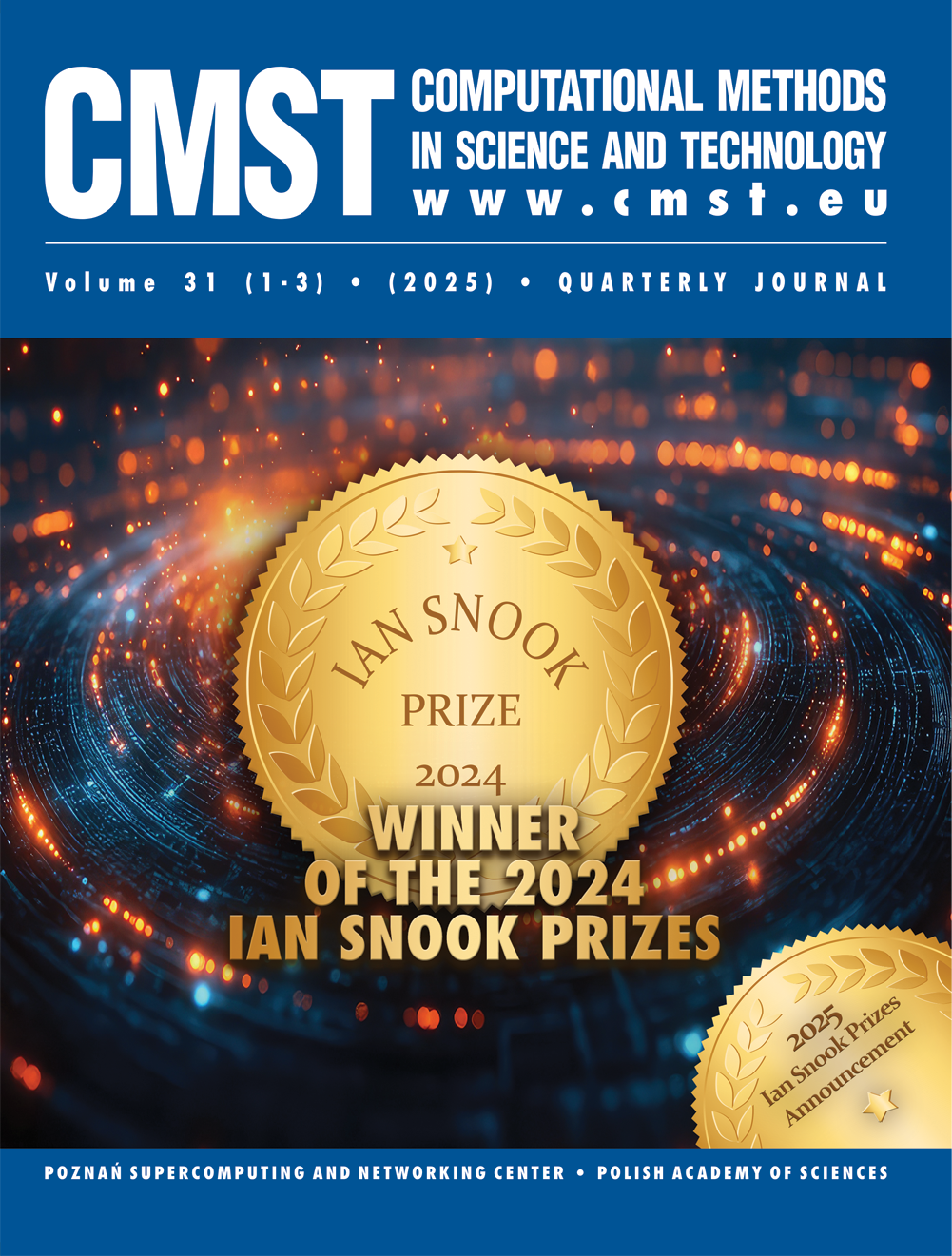Application of Mathematical Modeling in Survival Time Prediction for Females with Advanced Cervical Cancer Treated Radio-chemotherapy
Moczko Jerzy 1, Roszak Andrzej 2
1Chair and Department of Computer Science and Statistics
University of Medical Sciences in Poznań, Dąbrowskiego 79, 60-529 Poznań, Poland
e-mail: jmoczko@am.poznan.pl
2Wielkopolska Cancer Center, Garbary 15, 61-866 Poznań, Poland
e-mail: andrzej.roszak@wco.pl
Received:
Rec. 11 July 2005
DOI: 10.12921/cmst.2006.12.02.143-147
OAI: oai:lib.psnc.pl:622
Abstract:
Clinical investigations yield huge amount of experimental data which need appropriate processing. High degree of their variability decreases quality of prognostic and classification results. Frequently problem of strong redundancy of variables incorporated into model occurs, produces computational instabilities and in multifactorial models makes the appropriate interpretation of obtained results hindered. In this paper we present the set of mathematical procedures used in comparative analysis of two treatment methods for patients with advanced cervical cancer: radiotherapy and combined treatment of ionizing irradiation and chemotherapy.
Key words:
cervical cancer, mathematical modeling, radio-chemotherapy, survival analysis
References:
[1] A. Roszak, Badania nad skutecznością radiochemioterapii chorych na zaawansowanego raka szyjki macicy, Rep. Pract. Oncol. Radiother. 9 (S1), 131-162 (2004).
[2] E. L. Kaplan and P. Meier, Nonparametric estimation from incomplete observations, Journal of the American Statistical Association, 53, 457-481 (1958).
[3] Encyclopedia of Biostatistics, ed. P. Armitage, T. Colton, J. Wiley & Sons, Ltd. (2005).
[4] E. A. Gehan, A generalized Wilcoxon test for comparing arbitrarily singly-censored samples, Biometrika, 52, 203-223 (1965a).
[5] R. Peto and J. Peto, Asymptotically efficient rank invariant procedures, Journal of the Royal Statistical Society, 135, 185-207 (1972).
[6] D. R. Cox and D. Oakes, Analysis of survival data, New York: Chapman & Hall (1984).
[7] T. Hastie, R. Tibshirani and J. Friedman, The elements of Statistical Learning. Data Mining, Inference and Prediction, Springer-Verlag NY (2001).
Clinical investigations yield huge amount of experimental data which need appropriate processing. High degree of their variability decreases quality of prognostic and classification results. Frequently problem of strong redundancy of variables incorporated into model occurs, produces computational instabilities and in multifactorial models makes the appropriate interpretation of obtained results hindered. In this paper we present the set of mathematical procedures used in comparative analysis of two treatment methods for patients with advanced cervical cancer: radiotherapy and combined treatment of ionizing irradiation and chemotherapy.
Key words:
cervical cancer, mathematical modeling, radio-chemotherapy, survival analysis
References:
[1] A. Roszak, Badania nad skutecznością radiochemioterapii chorych na zaawansowanego raka szyjki macicy, Rep. Pract. Oncol. Radiother. 9 (S1), 131-162 (2004).
[2] E. L. Kaplan and P. Meier, Nonparametric estimation from incomplete observations, Journal of the American Statistical Association, 53, 457-481 (1958).
[3] Encyclopedia of Biostatistics, ed. P. Armitage, T. Colton, J. Wiley & Sons, Ltd. (2005).
[4] E. A. Gehan, A generalized Wilcoxon test for comparing arbitrarily singly-censored samples, Biometrika, 52, 203-223 (1965a).
[5] R. Peto and J. Peto, Asymptotically efficient rank invariant procedures, Journal of the Royal Statistical Society, 135, 185-207 (1972).
[6] D. R. Cox and D. Oakes, Analysis of survival data, New York: Chapman & Hall (1984).
[7] T. Hastie, R. Tibshirani and J. Friedman, The elements of Statistical Learning. Data Mining, Inference and Prediction, Springer-Verlag NY (2001).

